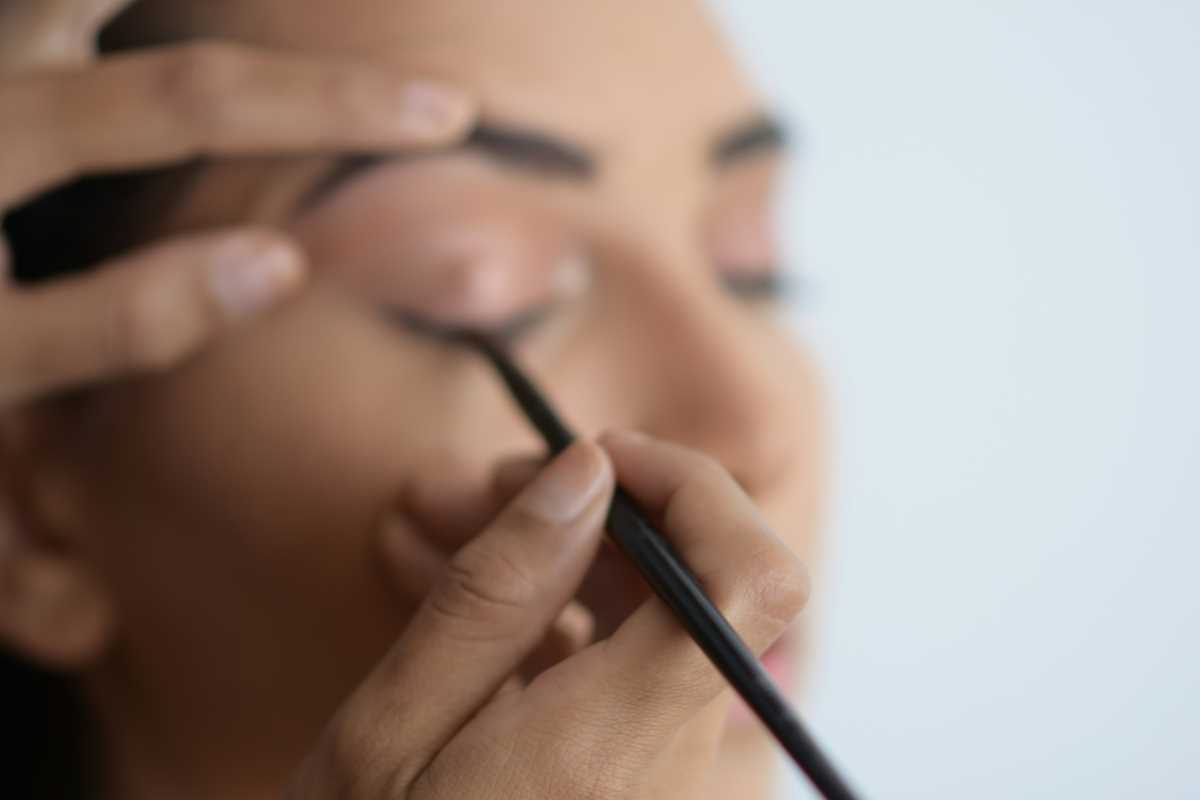The beauty industry has its roots in ancient civilizations, where innovative and natural beauty rituals were developed, many of which remain relevant today. These time-honored practices, passed down through generations, continue to inspire modern skincare and beauty routines. Here are ten ancient beauty rituals from various cultures that are still effective today.
1. Cleopatra's Milk Baths (Ancient Egypt)
Cleopatra, the legendary Egyptian queen, was renowned for her radiant skin, which she maintained through luxurious milk baths. The lactic acid in milk acts as a gentle exfoliant, removing dead skin cells and revealing softer, smoother skin underneath. This ancient ritual is still popular today, with many modern skincare products incorporating milk or lactic acid for its hydrating and exfoliating benefits. Taking a milk bath or using products with lactic acid can help keep your skin soft and glowing, just like Cleopatra's.
2. Kohl Eyeliner (Ancient Egypt)
In ancient Egypt, kohl was more than just a cosmetic; it was believed to have protective qualities against the harsh sun and even the "evil eye." Made from soot and mineral compounds, kohl was used to line the eyes, creating dramatic and striking looks. Today, kohl eyeliner is still used to achieve bold eye makeup, and its influence can be seen in modern eyeliners and eye makeup techniques.
3. Olive Oil Skincare (Ancient Greece)
Olive oil was a cornerstone of beauty in ancient Greece, used for both skincare and body care. Greek women would cleanse and moisturize their skin with olive oil, and they often combined it with sea salt to create a natural exfoliant. Olive oil's rich antioxidant content and moisturizing properties make it a staple in modern skincare, continuing the legacy of ancient Greek beauty rituals. Incorporating olive oil into your skincare routine, whether as a moisturizer or a makeup remover, can promote soft, hydrated skin.
4. Turmeric Masks (Ancient India)
Turmeric has been used in Indian beauty rituals for centuries, particularly in Ayurveda, India's ancient holistic healing system. Known for its anti-inflammatory and brightening properties, turmeric is often used in face masks to reduce acne, even out skin tone, and impart a natural glow. This golden spice remains a popular ingredient in modern skincare, with turmeric-infused products and DIY masks widely used for their ability to enhance skin health and radiance.
5. Rice Bran Scrubs (Ancient Japan)
The Geishas of Japan were known for their flawless, porcelain-like skin, achieved in part through the use of rice bran. Rice bran contains vitamins and antioxidants that nourish the skin and gently exfoliate, leaving it smooth and bright. This ancient practice continues to be revered in modern skincare, with rice bran and rice water being key ingredients in many Japanese and Korean beauty products. Using rice bran scrubs or incorporating rice water into your skincare routine can help achieve a brighter complexion.
6. Green Tea (Ancient China)
In ancient China, green tea was not only consumed for its health benefits but also used as a skincare ingredient. Rich in antioxidants, green tea helps protect the skin from environmental damage and reduces inflammation. Modern skincare continues to harness the power of green tea, incorporating it into products like toners, serums, and masks. Regular use of green tea-infused products can help soothe the skin, reduce redness, and provide a youthful glow.
7. Amla Hair Treatments (Ancient India)
Amla, or Indian gooseberry, has been a staple in Indian hair care for centuries. Rich in vitamin C and antioxidants, amla is known for promoting hair strength, shine, and growth. Ancient Indian women used amla oil and amla-infused hair masks to nourish their locks. Today, amla remains a popular ingredient in hair care products, particularly in oils and shampoos designed to strengthen and condition the hair. Incorporating amla into your hair care routine can help maintain healthy, lustrous hair.
8. Honey Skincare (Ancient Egypt)
Honey was highly valued in ancient Egypt for its moisturizing and healing properties. It was often used in face masks and balms to keep the skin soft and to treat wounds. Honey's natural antibacterial properties make it a powerful ingredient for combating acne and soothing the skin. Modern skincare products frequently include honey as a key ingredient, and DIY honey masks are popular for their ability to hydrate and rejuvenate the skin.
9. Seaweed Beauty Treatments (Ancient Japan)
Japanese women have long used seaweed in their beauty rituals, particularly for its anti-aging and hydrating properties. Seaweed is rich in vitamins, minerals, and antioxidants that help to nourish the skin and protect it from environmental damage. In contemporary skincare, seaweed is often found in serums, masks, and moisturizers designed to hydrate and revitalize the skin. Using seaweed-based products can help maintain youthful, supple skin.
10. Clay Masks (Native American Rituals)
Clay has been used by Native Americans for centuries to purify and heal the skin. Different types of clay, such as bentonite and kaolin, are rich in minerals that draw out impurities and absorb excess oil, leaving the skin clear and balanced. This ancient practice has transcended time, with clay masks being a staple in modern skincare for detoxifying and rejuvenating the skin. Regular use of clay masks can help keep your complexion clear and radiant.
